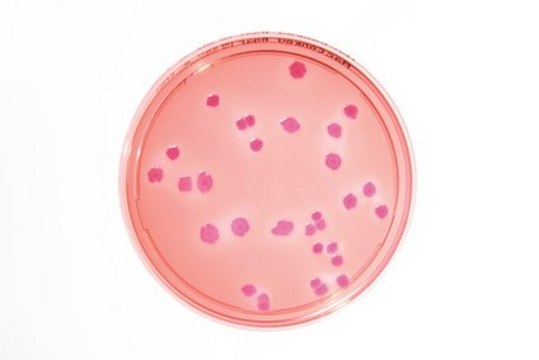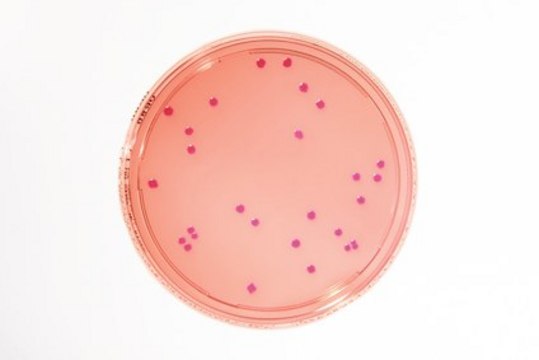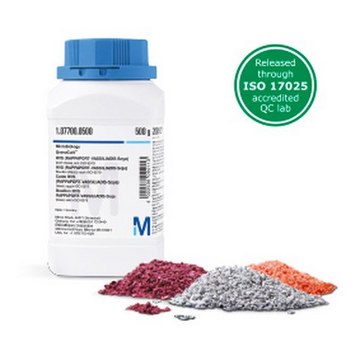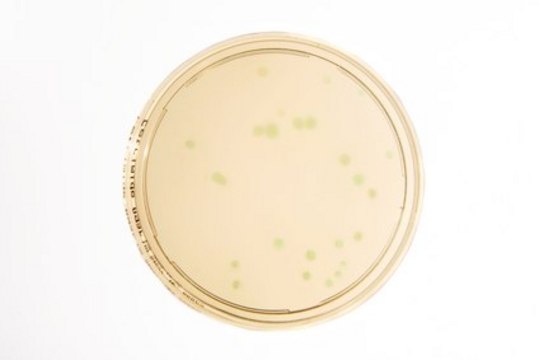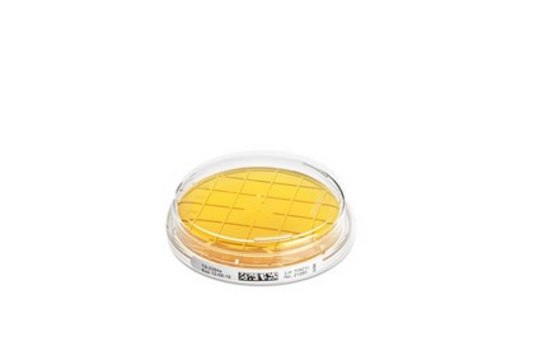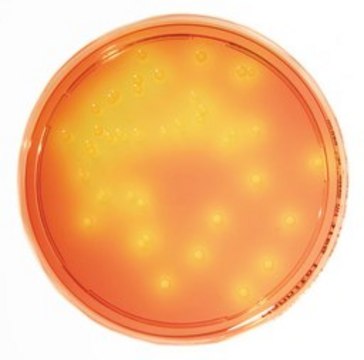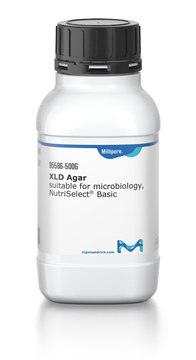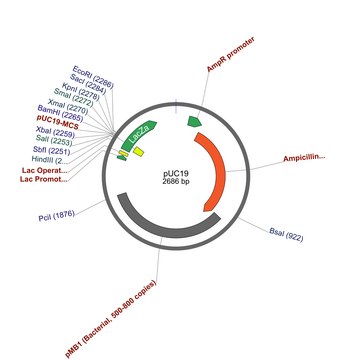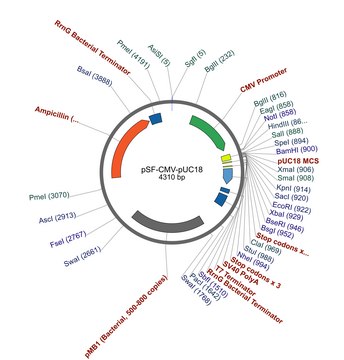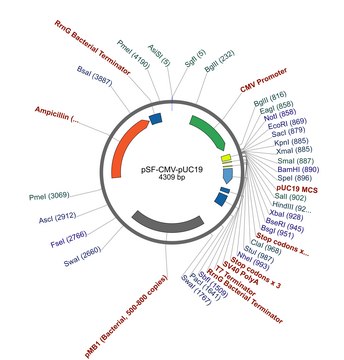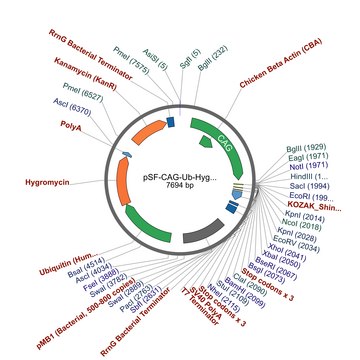1.46073
HEIMPLATE XLD Agar - LI EP+USP 30ml
Selective media for the isolation of Salmonella and Shigella in pharmaceuticals and clinical materials
Synonym(s):
Xylose Lysine Deoxycholate Agar
Select a Size
Select a Size
About This Item
Recommended Products
Agency
EP 2.6.12
USP 61
Quality Level
sterility
sterile
form
solid
feature
ready-to-use
technique(s)
microbiological culture: suitable
pH
7.4 ( in H2O)
application(s)
microbiology
pharmaceutical
storage temp.
20-25°C
suitability
Salmonella spp. (spp.)
Related Categories
1 of 4
This Item | OGS107 | OGS106 | OGS507 |
|---|---|---|---|
| peptide cleavage no cleavage | peptide cleavage no cleavage | peptide cleavage no cleavage | peptide cleavage no cleavage |
| origin of replication pUC (500 copies) | origin of replication pUC (500 copies) | origin of replication pUC (500 copies) | origin of replication pUC (500 copies) |
| bacteria selection ampicillin | bacteria selection ampicillin | bacteria selection ampicillin | bacteria selection kanamycin |
| form buffered aqueous solution | form buffered aqueous solution | form buffered aqueous solution | form buffered aqueous solution |
| mol wt size 2686 bp | mol wt size 4310 bp | mol wt size 4309 bp | mol wt size 7694 bp |
General description
Application
Packaging
Storage Class Code
13 - Non Combustible Solids
WGK
WGK 2
Certificates of Analysis (COA)
Search for Certificates of Analysis (COA) by entering the products Lot/Batch Number. Lot and Batch Numbers can be found on a product’s label following the words ‘Lot’ or ‘Batch’.
Already Own This Product?
Find documentation for the products that you have recently purchased in the Document Library.
Our team of scientists has experience in all areas of research including Life Science, Material Science, Chemical Synthesis, Chromatography, Analytical and many others.
Contact Technical Service